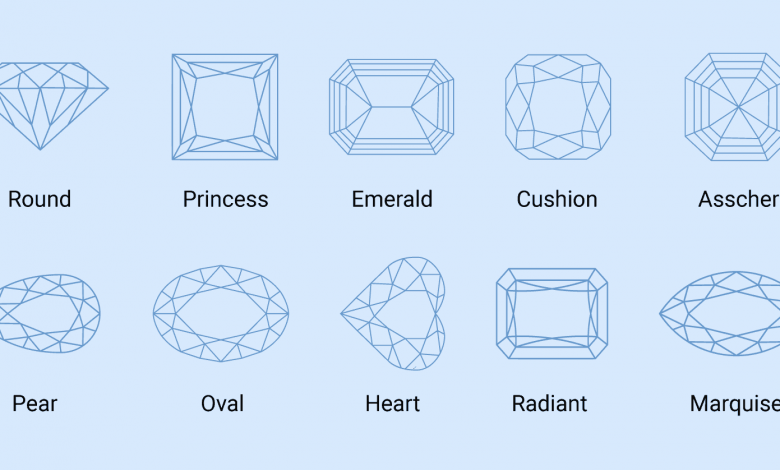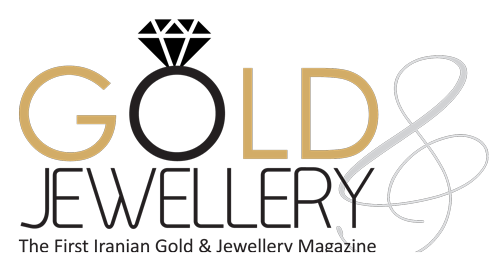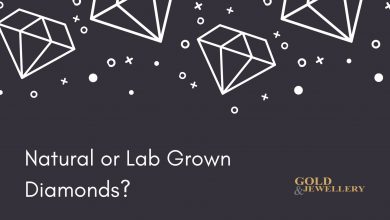The Ten Types of Diamond Cuts

“A Diamond is Forever,” but only after it has undergone billions of years of intense pressure, been mined, cut, and shaped does it become a girl’s best friend! These gems hold ancient stories of geological wonders, but it is only through the skilled artistry of a craftsman that we can truly capture their beauty, whether natural or lab grown. Here, we present the ten most popular diamond cuts and explore the uniqueness of each one.
Emerald Cut
This cut consists of a long facet and large table, was originally created for emeralds, and has been popular for the last 700 years! This rectangle with step cuts on the side highlights the stone’s purity and clarity.
The majority of emerald cut diamonds typically have length to width ratios that fall within the range of 1.30 to 1.50. A ratio of 1.40 is widely regarded as the “ideal” or optimal ratio for this particular diamond shape. Opt for a lower ratio for a square shape and a higher ratio for a rectangular shape.
Asscher Cut
The Asscher cut diamond takes its name from the Art Deco designer Joseph Asscher, who developed them in 1902 and gained significant popularity in the 1920s. The Asscher cut is also referred to as the “square emerald cut” and features wide step facets and cropped corners cut to a perfect square shape.
When selecting an Asscher cut diamond, your personal preference plays a significant role in determining your ideal ratio. If you are looking for a square-shaped diamond, however, it is best that you choose one with a ratio as close to 1.00 as possible to make sure you have a nearly perfect square shape. A higher ratio can result in a rectangular appearance.
Heart Shaped
A heart shaped diamond is a symbol of love dating back as early as the 1600s and is perfect for celebrating engagements and Valentine’s Day. This cut consists of 57 facets with an ideal length-to-width ratio of between 0.90 and 1.10.
Symmetry is crucial for a heart-shaped diamond, so it is recommended to choose a stone with an excellent or good cut rating. Opting for a color grade of G or higher helps minimize the concentration of color at the tip and cleft of the diamond.
Oval cut
Oval diamonds combine the brilliance of a round brilliant cut with the elongated shape of a marquise diamond. With 58 facets, the oval cut diamond belongs to the brilliant cut family and is characterized by its elongated oval shape. The oval shape of the diamond gives the illusion of longer fingers when worn.
Traditionally, an ideal length-to-width ratio for an oval diamond falls within the range of 1.35 to 1.50. In the end, it depends on individual preferences. Some may prefer an elongated oval shape with a higher length-to-width ratio, while others may prefer a more balanced and symmetrical oval shape with a lower ratio.
Marquise cut
The marquise cut diamond was commissioned by Louis XIV of France in the 1700s and inspired by the smile of his mistress. In the 20th century, the marquise cut was perfected into the brilliant, sparking shape we wear and see today. Similar to the round brilliant cut, the marquise diamond features two pointed ends at the top and bottom, creating a distinct and eye-catching shape.
Marquise diamonds can be set vertically or horizontally, and they can be used as accent side stones or as the centerpiece in a solitaire setting. The marquise cut offers a larger spread on the finger compared to other diamond shapes of equal carat weight, making it an excellent choice for those seeking a significant presence and elongation of the finger’s look. It provides a visually striking appearance.
The ideal ratio for a marquise cut diamond depends on personal preference. A lower ratio creates a rounded and wider shape, while a higher ratio produces a narrower and more elongated appearance. Typically, marquise diamonds have a ratio of 1.85 to 2.00, achieving an ideal balance with the length approximately twice the width.
Pear Shaped
Pear-shaped diamonds, also known as teardrop diamonds, date back to the 15th century and combine elements from both the round brilliant and marquise cuts.
Creating a balanced and visually pleasing design requires an optimal length-to-width ratio, which normally ranges between 1.50 and 1.75. A higher ratio creates a narrow pear shape, while a lower ratio produces a more rounded and wider look. The cut should contain at least 58 facets to enhance brightness and sparkle.
Princess Cut
The princess-cut diamond is a modern, geometric shape with strong lines. It is a square or rectangular, modified brilliant cut known for its clean lines and angles. First created in the 1960s, princess-cut diamond engagement rings have become highly sought-after. The princess-cut diamond is a modern geometric design with bold lines. It is a square or rectangular modified brilliant cut distinguished by its crisp lines and angles. Princess-cut diamond engagement rings, which were first introduced in the 1960s, have since grown extremely popular.
Despite their square appearance, many princess cut diamonds have a slightly rectangular shape, often not noticeable to the naked eye. Any length-to-width ratio between 1.00 and 1.05 will appear square to the naked eye.
Radiant Cut
The radiant cut is a relatively new shape designed in the late 1970s. It mixes emerald and round diamond cuts. With its octagonal shape and cropped corners, the radiant cut resembles the emerald cut, but its faceting is more similar to that of round brilliant cuts. With 70 facets, the radiant cut is one of the most brilliant diamond shapes available.
Radiant cuts are also well-suited for colored diamonds, as their faceting structure emphasizes the color tones. The most common ratio for a traditional rectangular-shaped radiant cut is 1.25, though ratios can range from 1.05 to 1.50. For a square radiant cut, a ratio between 1.00 and 1.05 is ideal. The ratio greatly influences the diamond’s visual characteristics, with higher ratios creating a more rectangular appearance and lower ratios resulting in a more perfect square shape.
Round Brilliant Cut
The round cut, also known as the round brilliant, is the most popular shape of diamond and features 58 angular facets distributed across its crown, girdle, and pavilion. These facets are polished surfaces that refract and reflect light, resulting in incredible sparkle and brightness.
Cushion
Cushion cut diamonds, which were once popular until the early 20th century, have regained their popularity and are now highly coveted as engagement ring choices. The iconic Hope Diamond, a 45.54-carat gem, is a famous example of a cushion cut diamond. The cushion cut combines a square shape with rounded corners, resembling a plush pillow. With 58 facets, this cut disperses light brilliantly, resulting in a dynamic and captivating appearance.
Cushion cut diamonds have traditionally been square in form, with the most common length-to-width ratio ranging from 1.00 to 1.10. However, extended cushion cuts with ratios of 1.50 or more are also available, giving a beautiful and elongated look.




